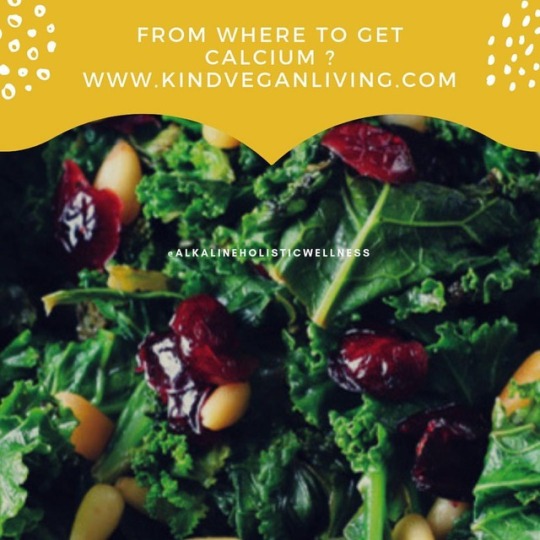#SoyIsolates
Explore tagged Tumblr posts
Text
Did you know that the Europe soy protein ingredients market is the fastest-growing European market for the sports and performance nutrition segment which is being driven by its higher protein content, low cost, bioavailability, and ease of digestion? This segment is projected to record a CAGR value of 6.85% during the forecast period.
For more key insights, click to know more https://lnkd.in/dvZ9NftU
Connect with Mordor Intelligence, your trusted market intelligence adviser. Follow us for the latest industry-specific recent developments.
0 notes
Photo

There are a lot of plants that have high levels of calcium, especially dark leafy greens like spinach, kale, mustard and turnip greens. But there are some things that can interfere with calcium absorption when eating a plant based diet. Does this mean you don’t have to worry about calcium? Not necessarily. You’re not what you eat. You’re what you absorb. So What Interferes With Calcium Absorption? Here are two factors that impede calcium absorption: 1) PhyticAcidoccursnaturallyinthebranofwholegrains,nuts,seeds,soyisolates, and the skins of legumes. It’s particularly rich in isolated wheat bran.2 It binds to minerals like calcium, magnesium, iron, and zinc to form an insoluble complex, interfering with the absorption of these minerals. 2) Oxalic Acid. Oxalic acid occurs naturally in many plant foods. When oxalic acid and calcium are contained in the same food, it binds to the calcium and forms less soluble salts known as oxalates. This interferes with absorption. It has the same affect on iron, sodium, magnesium, and potassium, when contained in the same food. The more oxalic acid, the more interference. Some calcium rich foods high in oxalates are almonds, beets, cocoa, miso, mixed nuts, sesame seeds, spinach, and Swiss chard. It is important to add plant foods that are high in calcium but lower in oxalic acid. For example, Kale, Bok Choy, and Broccoli. Cooking and soaking also help reduce phytic acid and oxalic acid from foods. When you know the right foods and the right combinations you’ll never have to worry about your calcium intake! #calcium #calciumdeposits #calciumintake #deficitcalorico #vegandishes #salads #greens #veggiesalad https://www.instagram.com/p/BuyvMx3gUYL/?utm_source=ig_tumblr_share&igshid=106o5u3igjnbv
0 notes
Text

The Asia-Pacific soy protein market is projected to register a CAGR of 3.98% to reach 2.83 billion USD in 2026. Asia-Pacific has an established market for soy protein, as it is one of the most accepted traditional foods by consumers in the region. Soy protein has increased functionalities in different foods as a protein ingredient and flavor enhancer, which majorly drives its applications in various end-user segments. Soy protein is predominantly used in the animal feed sector, followed by the food and beverage sector. In animal feed, soy protein is primarily used as a dairy substitute and fishmeal for its functionalities, including high protein digestibility, cheaper price point, low anti-nutritional content, and longer shelf life. The animal feed segment is projected to register the fastest CAGR value of 4.34% during the forecast period.
For more cutting-edge insights, click more
Connect with Mordor Intelligence, your trusted market intelligence adviser. Follow us for the latest industry-specific recent developments.
#marketresearch#marketanalysis#researchreports#proteins#proteinmarket#nutrition#foodandbeverages#soyprotein#asiapacific#SoyIsolates#MeatExtenders#TexturedSoyprotein
0 notes